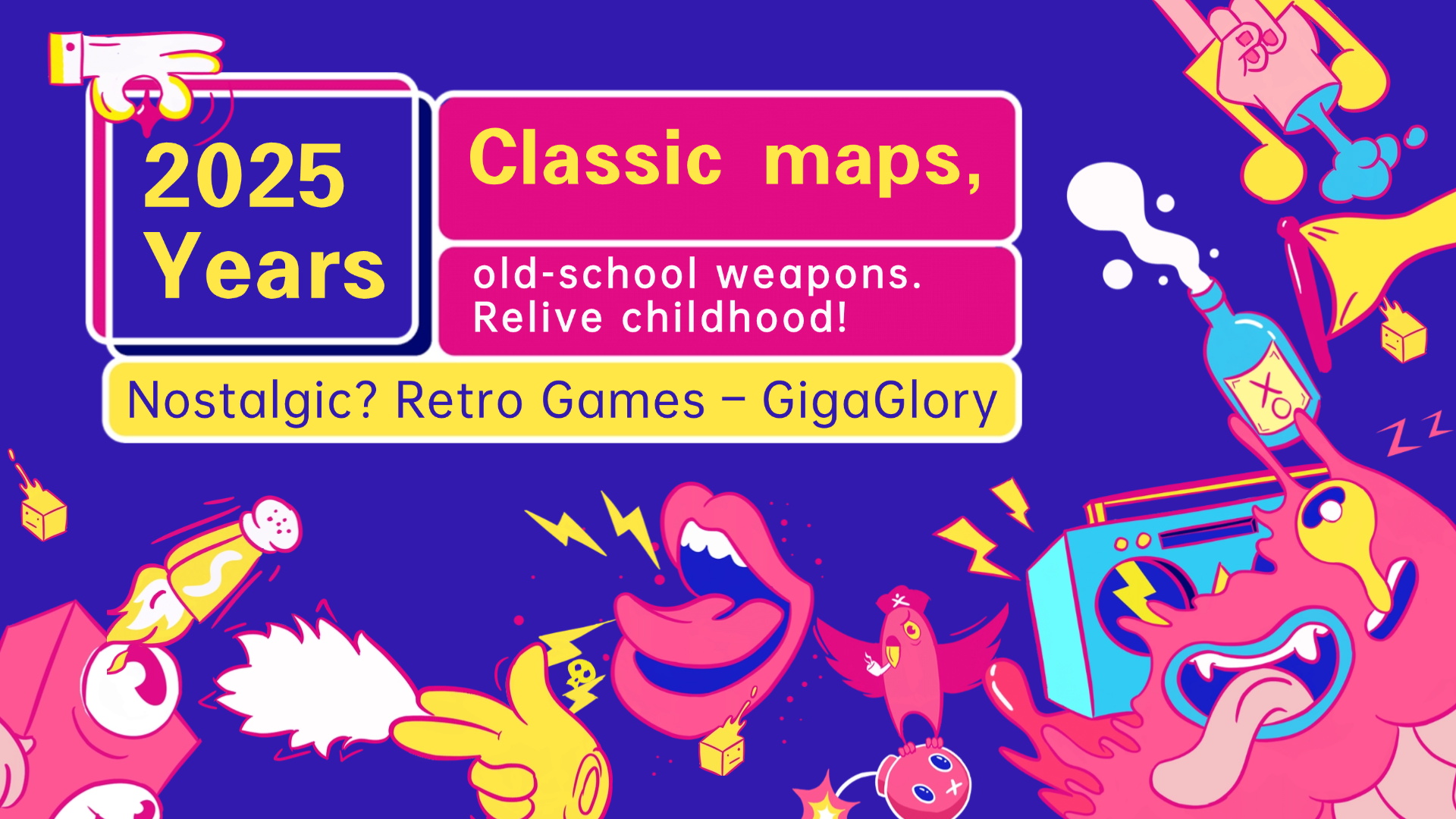Exploring the Impact of Sandbox Games on Learning: The Rise of Educational Games
In recent years, sandbox games have emerged as a powerful tool for educational purposes. Unlike traditional games, which often have rigid objectives and linear gameplay, sandbox games provide players with an open environment where creativity thrives. This article aims to delve into how these games are shaping learning, particularly among younger audiences.
What Are Sandbox Games?
Sandbox games are video games that allow players to explore a virtual world with few limitations. The emphasis is on creativity, allowing players to build, modify, and interact with their environment. Well-known examples include games like Minecraft, Roblox, and Terraria. These games have found a way to blend entertainment with an engaging educational experience.
Why are Sandbox Games Gaining Popularity?
- Flexibility in Gameplay
- Encourages Creativity
- Community Building
- Accessible Learning
Sandbox games are tailored to provide an appealing experience to players of all ages. Their ability to encourage creativity and self-expression is one of the main attractions, making them beneficial in educational settings.
The Intersection of Learning and Play
One of the unique aspects of sandbox games is their potential to make learning fun. By integrating educational content into gameplay, developers have created an environment where players are motivated to learn without the usual pressure of traditional educational settings.
Benefits of Educational Sandbox Games
| Benefit | Description |
|---|---|
| Enhances Critical Thinking | Players learn to plan and think ahead when building structures or solving puzzles. |
| Promotes Collaboration | Many sandbox games encourage teamwork, requiring players to work together to achieve goals. |
| Improves Technology Literacy | Playing these games can enhance a player's understanding of technology and digital environments. |
| Encourages Resource Management | Many games involve managing resources effectively to build and achieve milestones. |
How Educational Games Are Reshaping Learning
Educational games, particularly those that fall under the category of sandbox games, are not just about entertainment. They provide a structured yet flexible approach to learning that traditional methods often lack.
Lessons from Sandbox Games: A Closer Look
Let’s take a closer look at various sandbox games and the lessons they impart:
- Minecraft: A popular tool in classrooms that teaches teamwork, problem-solving, and resource management.
- Roblox: Encourages programming skills as players create their own games and experiences.
- Terraria: Teaches exploration and creativity by allowing players to build their worlds.
The Role of EA Sports FC Mobile Points in Educational Engagement
Even games that are primarily seen as entertainment, like sports games from EA Sports FC, can have educational elements. For example, understanding points and achievements in those games can help players learn about reward systems and competition.
How Long Does Potato Go in Microwave? A Fun Learning Experiment
Let’s take a break to address a fun and interesting cooking technique—how long does a potato go in the microwave? The answer is about 5-10 minutes depending on the size of the potato and microwave wattage. This simple cooking experiment can be a great classroom project to teach students about timing, measurements, and even basic chemistry involved in cooking.
Creating a Curriculum Incorporating Sandbox Games
As sandbox games grow in popularity, educators are called to reconsider their teaching methods. Integrating these games into the curriculum can create more engaging and interactive learning experiences.
Challenges of Using Sandbox Games in Education
While there are numerous benefits, integrating sandbox games into learning also poses challenges:
- Cost: Some educational platforms may require subscriptions or purchases.
- Access: Not all students have equal access to the necessary technology.
- Teacher Training: Educators must be trained on how to effectively integrate these games into their lessons.
Future of Educational Sandbox Games
With the rise of virtual reality and augmented reality, the future of educational sandbox games looks promising. These technologies can enhance the interactive experience, making learning even more immersive.
Conclusion
Sandbox games have transcended their role as mere entertainment, evolving into valuable educational tools. They foster creativity, collaboration, and critical thinking while making learning engaging and interactive. As we continue to explore their potential, it's clear that sandbox games hold a significant place in the future of education. Embracing these changes will provide learners with skills and knowledge that are essential in a rapidly changing world.



